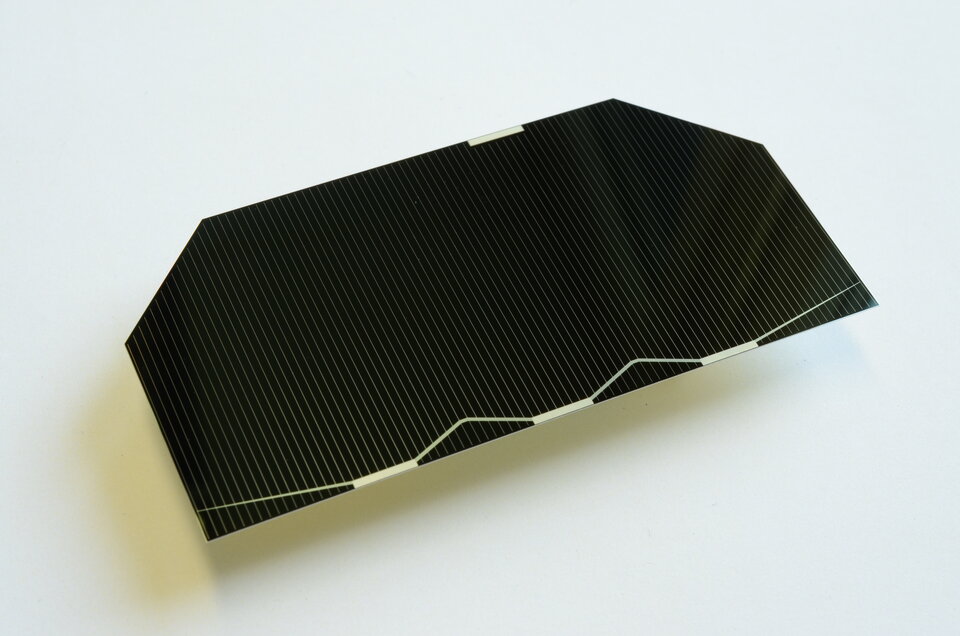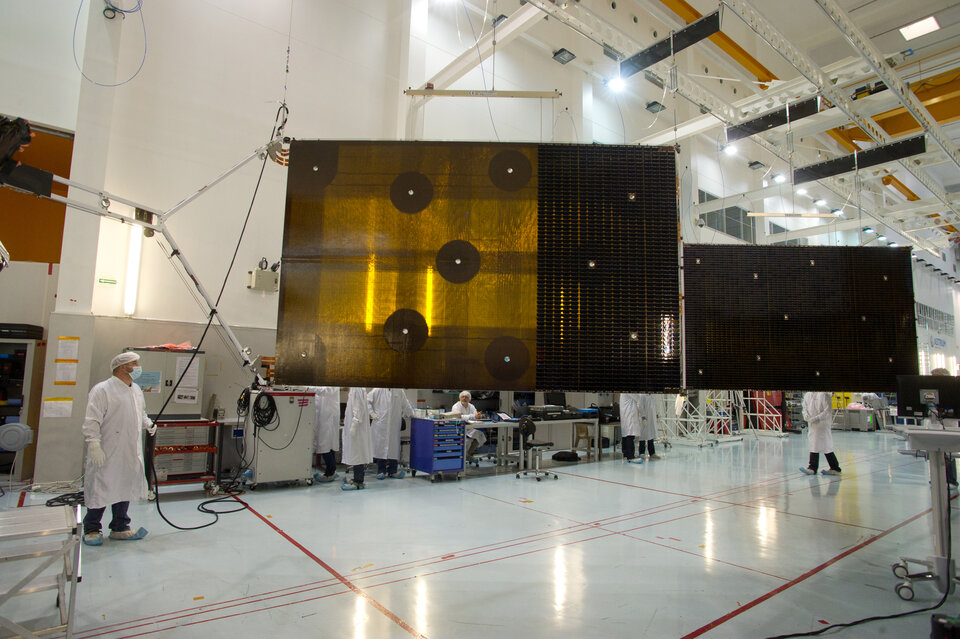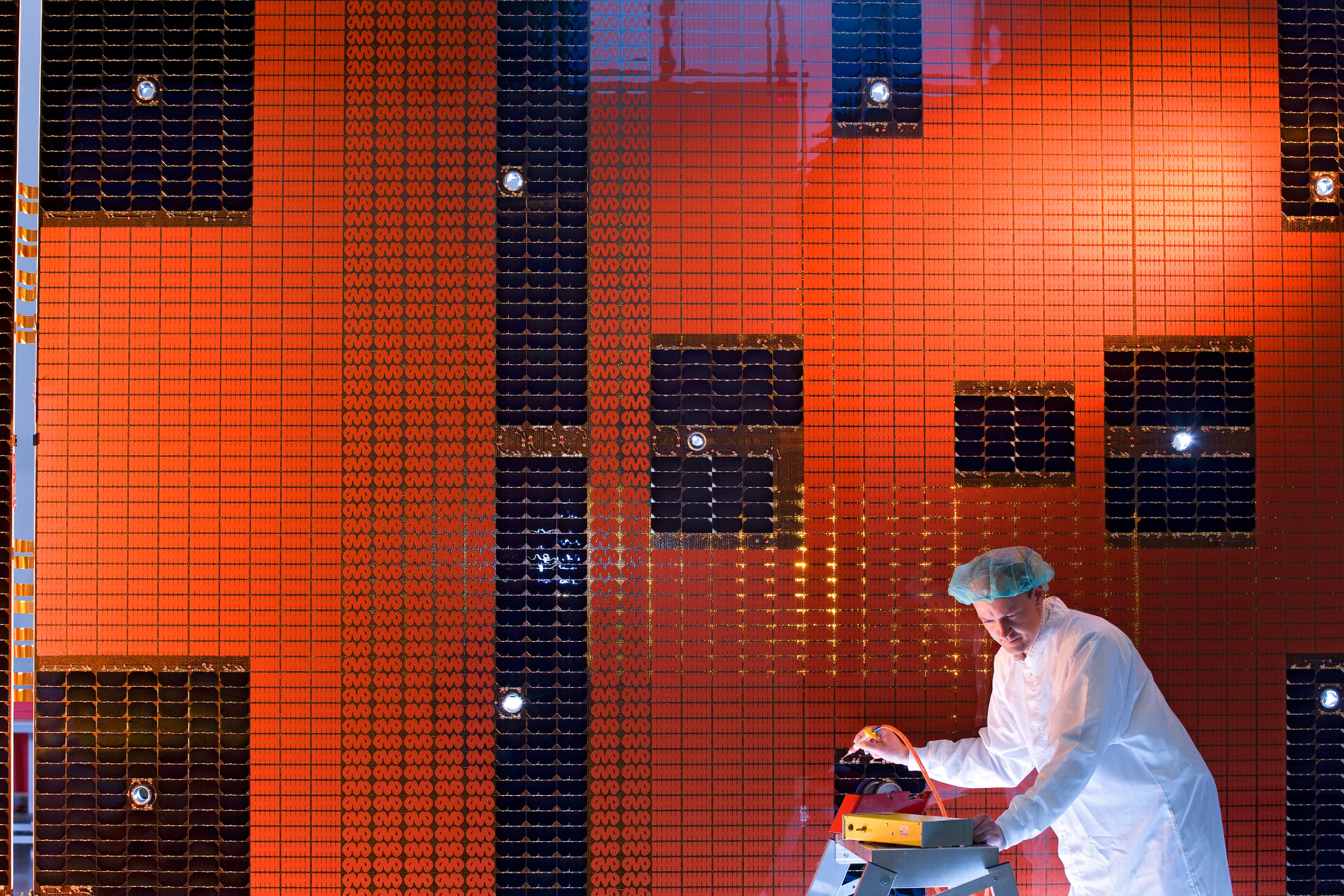Space and Energy
Technologies for space missions – including power supply and management systems – are being made available to address the burgeoning energy needs of Spaceship Earth. The Space and Energy initiative aims to strengthen technological synergies with the terrestrial energy sector.
This sector is orders of magnitudes larger than the space sector, and now entering a period of dynamic evolution. Future investments to meet rising energy demands exceed a trillion US dollars per year. But business as usual is not an option: the International Energy Agency recognises that global energy sources need to undergo ‘major decarbonisation’ to prevent catastrophic damage to the world’s climate.

The space sector possesses decades of experience in non-carbon power systems – historically serving as a lead market for solar cells, for example. Such an effort should also gain the space sector new customers and applications. Other areas of interest include energy storage and hydrogen power – as one of the main candidates to fuel future car and aircraft, the space sector can apply decades of experience using liquid hydrogen in rockets.
Thermal control is another subject of interest: the space sector can contribute effective methods to cut heat loss, reducing overall energy needs, or else to remove waste heat – such as keeping fuel cells or batteries cool to increase their effectiveness. Robotics and remote control could help with both energy prospecting and production – isolated solar plants might be entirely teleoperated.
And satellites in space can assist with oil and gas prospecting while also ensuring renewable energy infrastructure run more effectively, through wind field monitoring and ‘sunshine maps’. Space weather forecasts are also relevant, safeguarding energy infrastructure such as power grids or oil pipelines from harmful power surges or current-driven corrosion.

The agency has made an internal effort to consolidate and communicate space technology roadmaps relevant to the energy sector, which have subsequently been analysed by experts and industry from the energy sector in view of identifying the most promising fields for joint R&D as well as energy market opportunities for space industry products. In parallel, Energy was chosen as the theme for two GSTP Call for Proposals under the “Terrestrial and Space Technology Synergy Initiative” resulting in three studies related to full-cell-related energy storage and supply, wireless sensor technology and energy harvesting, and high-power lithium ion batteries for satellites.

Technical interactions with the Institute for Energy and Transport of the EU Joint Research Centre have led to the identification of cooperation opportunities in the areas of material testing, hydrogen technologies, photovoltaics, energy storage technologies as well as technologies for space weather and power grids.
Based on the initial technology roadmap analysis with energy sector experts, specific R&D activities have been introduced to TRP planning related to novel aerogel manufacturing for insulation, high-temperature loop heat pipes for solar-thermal energy conversion and slush hydrogen compatibility with cryogenic upper stages. Further activities are currently in the definition stage, including the specific domains of robotics and autonomy, operations and space weather.


